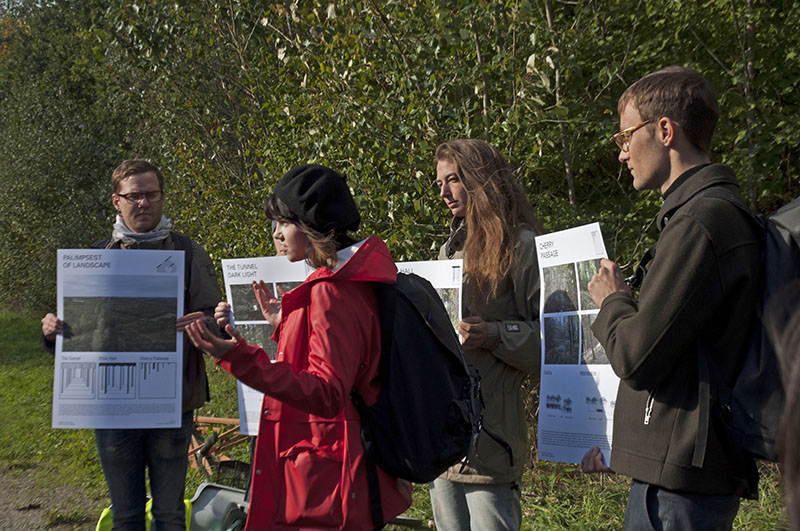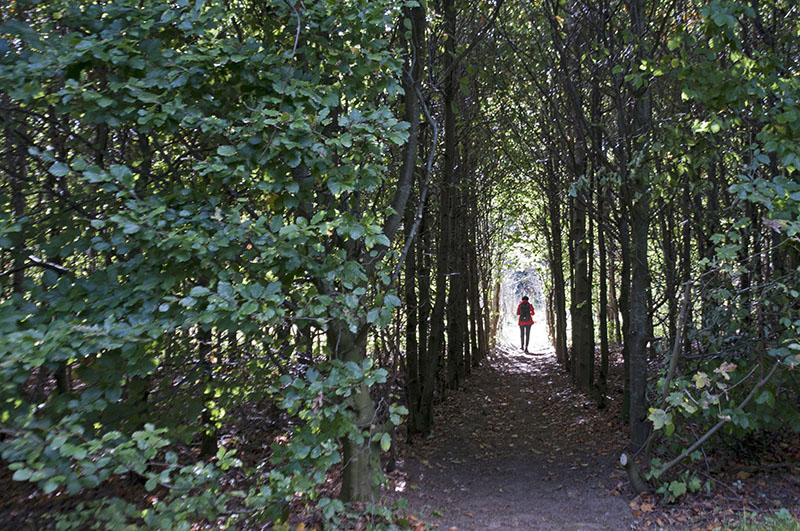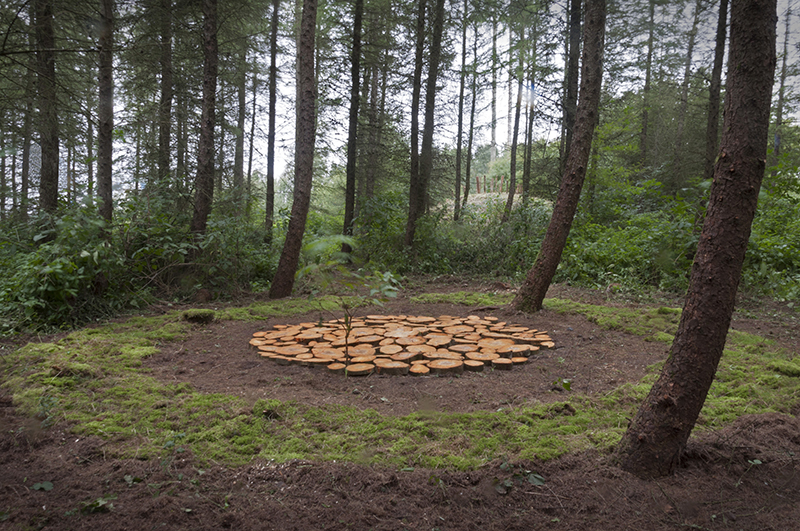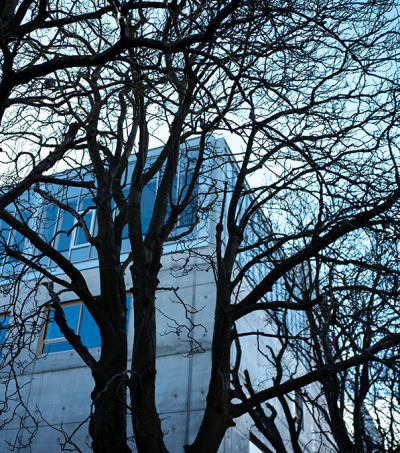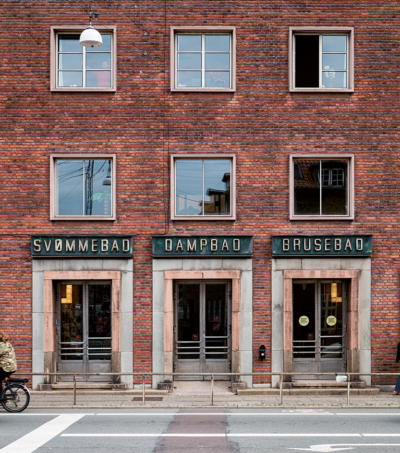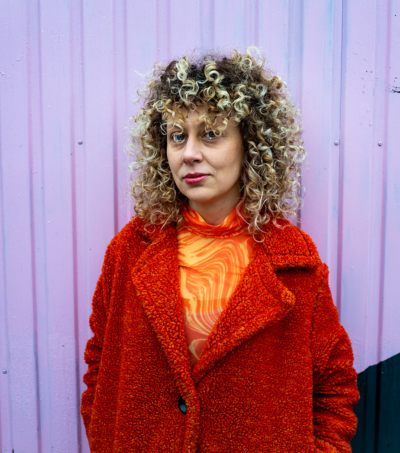The Studio worked with the idea of ‘addition by subtraction’. No artefacts were added to the forest to make the interventions, rather students worked with the plants themselves as the medium and active components of their designs. Each intervention is restricted to an area that can be grasped by the human eye, typically a few hundred square metres. The interventions contrast with the managed, wooded matrix and aim to convey that the forest is cared for and is intended for recreational use.
The workshop resulted in a series of interventions dispersed in the young forest. The Poplar Path, The Burial Mounds, The Cherry Hall, The Ice-Age Passage and The Pillar Hall. It is possible to visit the interventions in the years to come as the intention is to integrate them in the future management of the forest.
The workshop was run by AAA in close collaboration with Naturstyrelsen, Lokale- og Anlægsfonden, Copenhagen University and Aarhus Municipality, who are currently working with True Skov as a case study in the development of a national catalogue on new urban forests in Denmark. The results of the workshop will help serve as inspiration for managers of young urban forests and future afforestation projects both nationally and internationally.
 https://aarch.dk/wp-content/uploads/2025/12/25_eu-repairs-6_A_sGRH-kopi.jpeg
742
1200
Niels Rysz
https://s3-eu-central-1.amazonaws.com/aarchdk/wp-content/uploads/2019/02/03164631/aarch-logo-dark.svg
Niels Rysz2025-12-05 11:20:032025-12-05 11:20:04New Research Network to Explore Cultures of Maintenance in Social Housing
https://aarch.dk/wp-content/uploads/2025/12/25_eu-repairs-6_A_sGRH-kopi.jpeg
742
1200
Niels Rysz
https://s3-eu-central-1.amazonaws.com/aarchdk/wp-content/uploads/2019/02/03164631/aarch-logo-dark.svg
Niels Rysz2025-12-05 11:20:032025-12-05 11:20:04New Research Network to Explore Cultures of Maintenance in Social Housing


